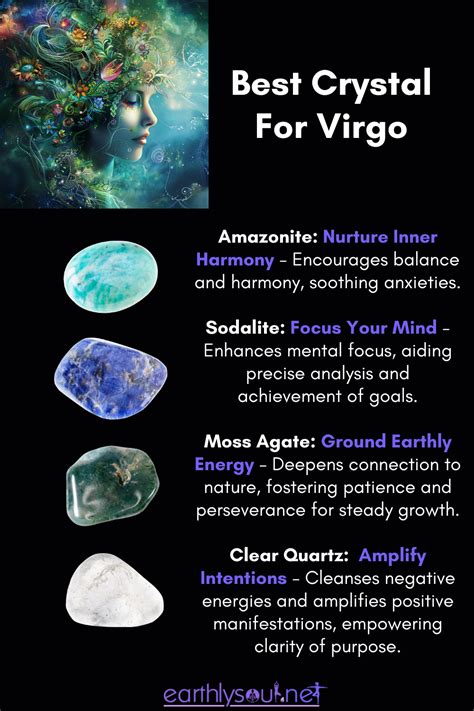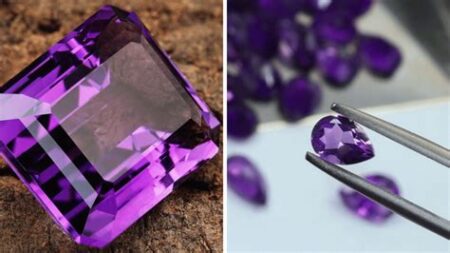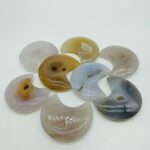Tiny and unassuming, crystals smaller than a millimeter have long been overlooked in favor of their larger counterparts. However, recent advancements in fabrication and characterization techniques have unveiled the remarkable capabilities of these “microcrystals” and sparked a flurry of research and applications.

2. Microcrystals: The Building Blocks of Tomorrow’s Technologies
Unlike their larger counterparts, microcrystals possess unique properties that make them ideal for a wide range of applications. Their small size and high surface-to-volume ratio enhance their activity, while their uniformity and tunable properties open up endless possibilities for materials engineering.
2.1 Applications in Electronics
- Semiconductor Industry: Microcrystals of silicon, gallium arsenide, and other semiconductors are revolutionizing microelectronics. Their small size enables the fabrication of ultra-compact and energy-efficient devices.
- Photovoltaics and Optoelectronics: The ability of microcrystals to absorb and emit light has led to their use in solar cells, light-emitting diodes (LEDs), and displays.
2.2 Applications in Medicine and Biotechnology
- Biomedical Sensors: Microcrystals can be tailored to sense and detect various biomarkers, enabling the development of highly sensitive and specific diagnostic devices.
- Drug Delivery: Drug-loaded microcrystals enhance drug solubility, bioavailability, and targeted delivery, improving therapeutic efficacy and reducing side effects.
2.3 Applications in Materials Science and Engineering
- Advanced Materials: Microcrystals are used as building blocks for composite materials, providing enhanced strength, thermal stability, and electrical conductivity.
- Nanotechnology: Microcrystals serve as precursors for the synthesis of nanoparticles and other nanostructures, opening up new avenues for biomedical, optical, and electronic applications.
3. Key Statistics on Microcrystal Research and Applications
- The global microcrystal market is projected to reach $12.3 billion by 2028, growing at a CAGR of 9.5%. (Source: Reportlinker)
- Microcrystals are currently being investigated in over 5,000 research projects worldwide, covering a diverse range of applications. (Source: Web of Science)
- The United States holds the largest share of microcrystal-related patents, with over 30% of all patents filed. (Source: USPTO)
4. Innovation “Crystalitics”: A Catalyst for Microcrystal Applications
“Crystalitics” is a term we coined to describe the emerging field of innovation driven by microcrystals. This field encompasses the exploration of their properties, fabrication methods, and novel applications.
Crystalitics combines materials science, chemical engineering, and physics to create a wide array of applications:
4.1 Crystalline Composites
Microcrystals can be incorporated into composite materials to improve their mechanical, thermal, and electrical properties. For example, ceramic matrix composites reinforced with carbon nanotube-coated microcrystals exhibit exceptional strength and thermal stability.
4.2 Microcrystal-Based Sensors
Microcrystals can be functionalized with specific molecules to detect and measure various chemical and biological analytes. These sensors offer high sensitivity, selectivity, and portability, making them valuable for environmental monitoring, healthcare diagnostics, and food safety.
4.3 Energy-Efficient Electronics
Microcrystals enable the miniaturization of electronic devices while maintaining or even enhancing their performance. Microcrystalline silicon solar cells are more efficient than traditional polycrystalline cells and can be integrated into flexible and lightweight panels.
5. Characterization and Fabrication Techniques for Microcrystals
5.1 Characterization Techniques
- Scanning Electron Microscopy (SEM)
- Transmission Electron Microscopy (TEM)
- X-ray Diffraction (XRD)
- Raman Spectroscopy
5.2 Fabrication Techniques
- Chemical Vapor Deposition (CVD)
- Physical Vapor Deposition (PVD)
- Solution-Based Methods
- Melt Growth
6. Ethical Considerations in Microcrystal Research and Applications
As with all new technologies, ethical considerations must be addressed in the development and use of microcrystals. These considerations include:
- Nanosafety: The environmental and health implications of microcrystals must be thoroughly assessed before widespread applications.
- Intellectual Property Rights: Proper protection and licensing of microcrystal technologies are essential to encourage innovation and prevent misuse.
- Responsible Use: The potential use of microcrystals in military or surveillance applications requires careful ethical evaluation.
7. Conclusion
Little crystals may seem inconspicuous, but their immense potential is reshaping various industries and scientific fields. Microcrystals are enabling the development of smaller, more efficient, and versatile devices in electronics, medicine, and materials science. By embracing crystalitics, researchers and innovators can continue to unlock the extraordinary possibilities of these tiny wonders.




























